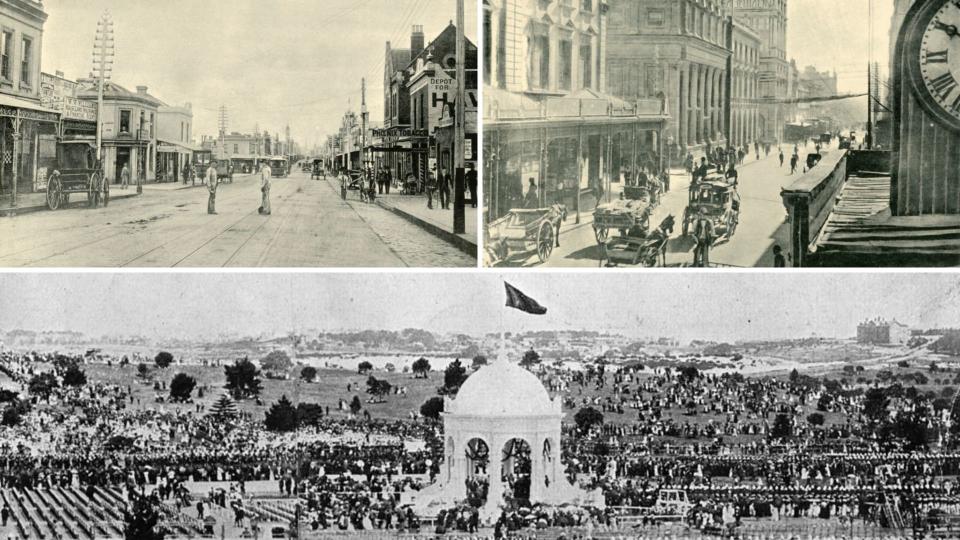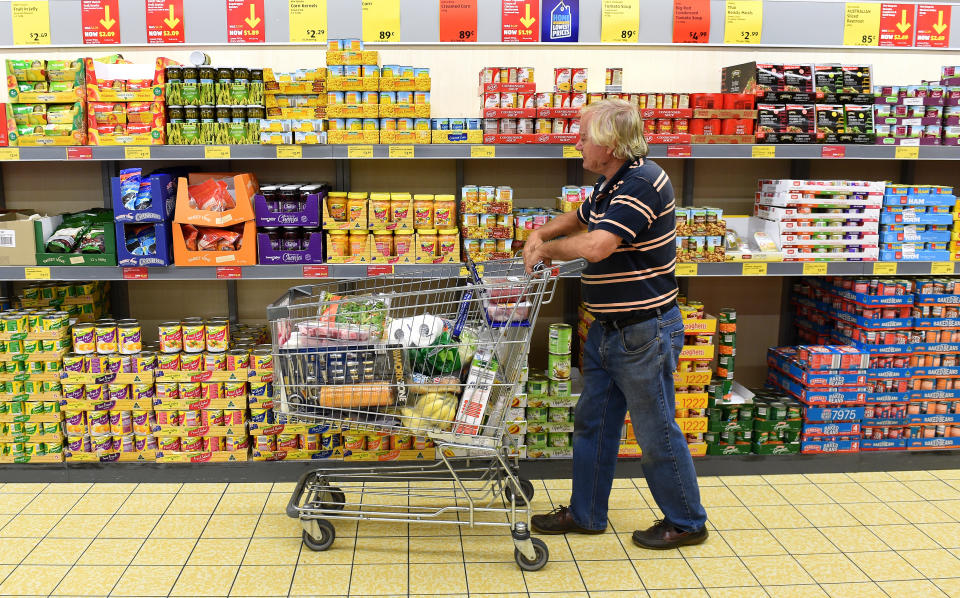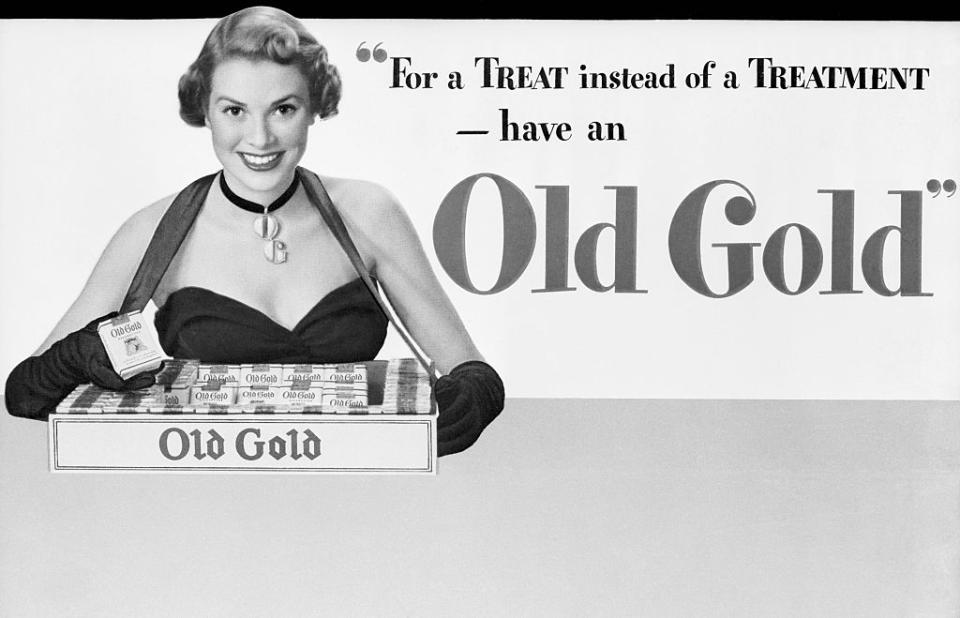Grocery prices in Australia in 1901, compared to today

A never-ending topic in Australian public discourse is about 'cost of living pressures'.
Everyone feels like they pay more now for the same things that their parents and grandparents bought. This is despite mathematical evidence that Australians are wealthier now than they have ever been.
Yahoo Finance found Australian Bureau of Statistics research on 1901 prices for common household items, and applied 117 years of inflation to see how much they are in current terms.
So now we can see if things were really better in 'the good old days' or if we just have higher expectations now.
1901 grocery prices
First the raw prices in 1901 – note the ABS already converted pounds and shillings to dollar amounts, for our convenience:
1901 prices | |
Average weekly wage, adult males | $4.35 |
Gold (1oz) | $8.50 |
Loaf of bread | $0.02 |
Flour (2kg) | $0.04 |
Sugar (2kg) | $0.09 |
Coffee (150g) | $0.05 |
Tea (180g) | $0.06 |
Rice (1kg) | $0.05 |
Butter (500g) | $0.13 |
Potatoes (1kg) | $0.02 |
Onions (1kg) | $0.03 |
Rump steak (1kg) | $0.14 |
Eggs (1 dozen) | $0.12 |
Bacon (1kg) | $0.19 |
Jam (500g) | $0.04 |
Milk (1 litre) | $0.03 |
Packet of cigarettes | $0.05 |
Soap (600g) | $0.03 |
Cough medicine (200ml) | $0.25 |
Daily newspaper | $0.01 |
Game of football | $0.10 |
Just two cents for a loaf of bread – what a bargain!
But that price tag is entirely meaningless to us, considering the average weekly wage was $4.35, and most families were on a single income.
It starts making more sense when inflation is applied to see what the prices are in today's terms.
1901 and 2000 grocery prices in today's dollars
Yahoo Finance has applied inflation to both 1901 prices and 2000 prices, so they can be compared to today's costs:
1901 prices in 2018 dollars | 2000 prices in 2018 dollars | Current prices | |
Average weekly wage, adult males | $344.74 | $1,315.55 | $1,668.10 |
Gold (1oz) | $673.63 | $729.10 | $2,237.44 |
Loaf of bread | $1.59 | $3.65 | $2.20 |
Flour (2kg) | $3.17 | $4.76 | $2.00 |
Sugar (2kg) | $7.13 | $3.65 | $1.79 |
Coffee (150g) | $3.96 | $9.51 | $2.78 |
Tea (180g) | $4.76 | $5.39 | $1.90 |
Rice (1kg) | $3.96 | $2.62 | $1.40 |
Butter (500g) | $10.30 | $3.17 | $5.00 |
Potatoes (1kg) | $1.59 | $2.06 | $1.15 |
Onions (1kg) | $2.38 | $1.98 | $2.50 |
Rump steak (1kg) | $11.10 | $19.81 | $24.00 |
Eggs (1 dozen) | $9.51 | $4.60 | $3.80 |
Bacon (1kg) | $15.06 | $14.90 | $10.00 |
Jam (500g) | $3.17 | $3.96 | $1.40 |
Milk (1 litre) | $2.38 | $2.22 | $1.20 |
Packet of cigarettes | $3.96 | $17.75 | $31.00 |
Soap (600g) | $2.38 | $4.83 | $1.74 |
Cough medicine (200ml) | $19.81 | $23.62 | $9.99 |
Daily newspaper | $0.79 | $1.59 | $2.50 |
Game of football | $7.93 | $34.39 | $25.00 |
Weekly wages source: Australian Bureau of Statistics | |||
Also read: Half-price specials: Coles, Woolworths' best deals this week
Also read: Gen Z doing nothing to buy a house, but think they'll have one
Also read: $114 fine awaits drivers who leave their car like this
Most grocery items are cheaper now than it was in 1901 – especially for raw produce like flour, sugar, coffee, rice and potatoes.
Why? Because of globalisation.
Consumers in 2019 can buy the cheapest product available internationally, rather than be limited to what's grown locally, as was the case 118 years ago.
And this is all while the average wage has gone up spectacularly.
The ABS also notes that, for pretty much everything, price isn't the only improvement to what was offered in 1901.
"Although the brands and range of products have changed over time, many of the items commonly used at the turn of century are still everyday items. However, in many cases there will have been changes in quality, presumably for the better."

Cigarettes will kill you
Cigarettes are an exception – they are far more expensive now than in the past.
Even compared to the year 2000, a packet of cigarettes is almost double the price.
The awareness of harm to health is the big difference here, with recent governments increasing taxes on cigarette sales to deter Australians from taking up the habit, and to raise funds for the health system.
According to the ABS, in 1901 tobacco was even seen as good for health.
"Of course, cigarettes carried no health warnings in 1901. In fact, an advertisement for a brand of cigarettes appearing in an issue of the Sydney Morning Herald of the time carried the endorsement that they were 'guaranteed not to harm the throat or lungs' and, perhaps more disconcertingly, 'recommended by doctors'."

2019 is a far better world for Australian shoppers
IBISWorld senior industry analyst Nathan Cloutman told Yahoo Finance earlier this month that Australians now have far more choices when grocery shopping compared to previous generations.
Even purchasing the supermarket's cheap in-house brand didn't involve a sacrifice.
"Consumers can now purchase private-label organic and 'premium' products for low prices," said Cloutman.
While everyday items have come down in price, real estate is a significant chunk of Australian household budgets that have ballooned in recent generations.
Yahoo Finance reported previously that, since the 1970s, wages have increased about ten times but housing in Australian capital cities have shot up more than 30 times.
But then, the huge increase in property values have also made many Australian homeowners very wealthy also.
Make your money work with Yahoo Finance’s daily newsletter. Sign up here and stay on top of the latest money, news and tech news.

 Yahoo Finance
Yahoo Finance 